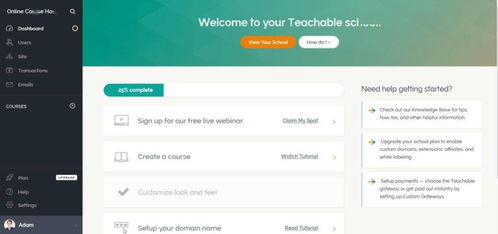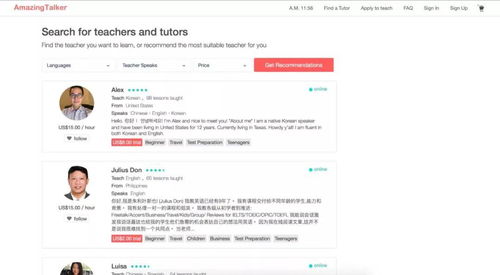Understanding the Mobile App Landscape

Have you ever wondered how to earn money from a mobile application? The mobile app market is vast and dynamic, offering numerous opportunities for entrepreneurs and developers to monetize their creations. Whether you’re a seasoned app developer or just starting out, this guide will provide you with a comprehensive overview of the various ways to generate revenue from your mobile app.
Monetization Models

There are several monetization models you can consider for your mobile app. Each has its own advantages and disadvantages, and the best choice depends on your app’s target audience and your business goals.
-
In-App Purchases
In-app purchases allow users to buy additional content, features, or services within your app. This model is particularly effective for games, productivity apps, and social media platforms. Some popular examples include buying new levels in a game or purchasing premium content in a news app.
-
Subscription Models
Subscription models involve charging users a recurring fee for access to your app’s content or services. This model is suitable for apps that offer ongoing value, such as streaming services, fitness apps, and productivity tools. Examples include Netflix and Spotify.
-
Freemium Model
The freemium model offers a basic version of your app for free, while charging for additional features or content. This model is popular among app developers as it allows them to reach a large audience while still generating revenue. Examples include Candy Crush Saga and Evernote.
-
Advertising
Advertising is a common monetization strategy that involves displaying ads within your app. You can choose from various ad formats, such as banner ads, interstitial ads, and rewarded video ads. This model is suitable for apps with a large user base, as it allows you to generate revenue without charging users directly.
-
Licensing
Licensing involves granting third-party companies the rights to use your app in their products or services. This model is suitable for apps with unique features or technologies that can be integrated into other products. Examples include the use of Google Maps in various applications.
Choosing the Right Monetization Model

Selecting the right monetization model for your app is crucial to its success. Consider the following factors when making your decision:
-
Target Audience: Understand your audience’s needs and preferences to determine which monetization model will resonate with them.
-
App Type: Different app types may be better suited for certain monetization models. For example, a gaming app might thrive with in-app purchases, while a productivity app might benefit from a subscription model.
-
Competitive Landscape: Analyze your competitors’ monetization strategies to identify opportunities for differentiation.
-
Revenue Potential: Consider the potential revenue generated by each monetization model and choose the one that aligns with your financial goals.
Optimizing Your App for Monetization
Once you’ve chosen a monetization model, it’s essential to optimize your app to maximize revenue. Here are some tips to help you get started:
-
Offer Value: Ensure your app provides real value to users, as this will encourage them to engage with your monetization strategies.
-
Design User Experience: A well-designed app with an intuitive user interface will improve user satisfaction and retention, leading to higher revenue potential.
-
Test and Iterate: Continuously test and refine your monetization strategies to find the most effective approach for your app.
-
Market Your App: Promote your app through various channels to increase its visibility and attract more users.
Table: Monetization Model Comparison
| Monetization Model | Pros | Cons |
|---|---|---|
| In-App Purchases | Direct revenue from users | May lead to user churn if not implemented well |



